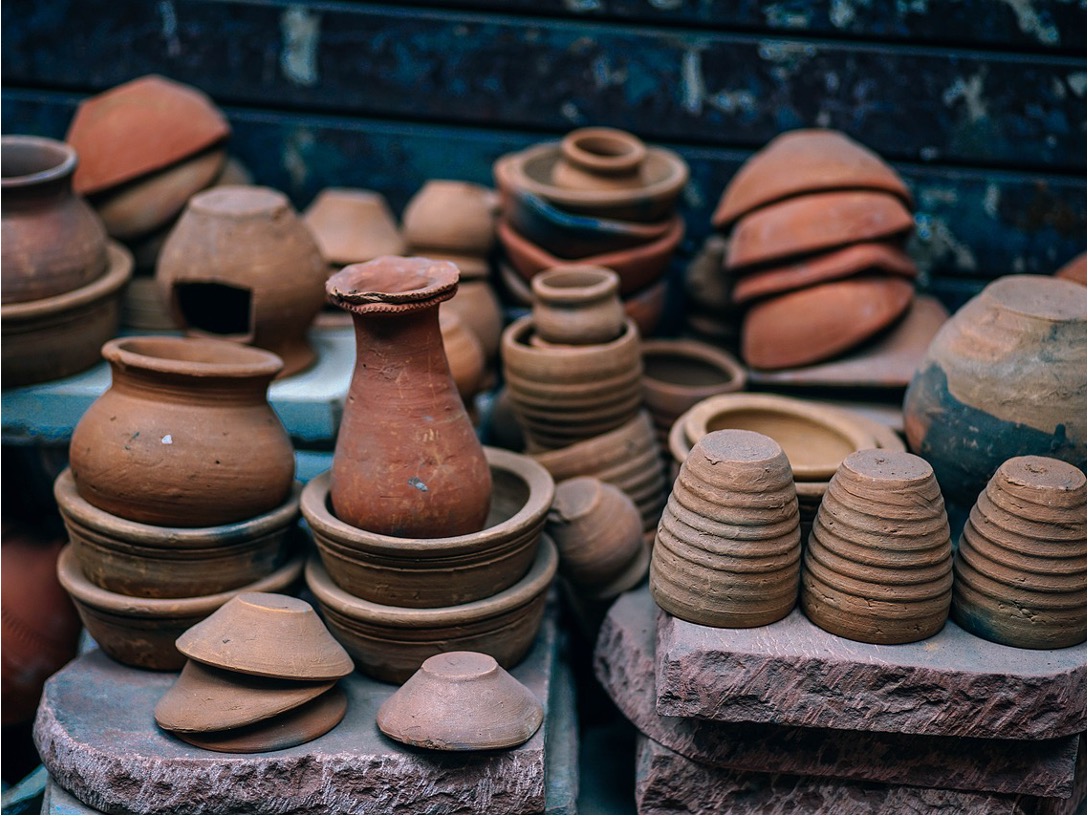“It’s like when I put on sunscreen then try to use my watch and it’s greasy everywhere.”
Have you ever accidentally left a fingerprint on something precious? This week, 5th Grade Historians considered various strategies that historians use to protect and care for the artifacts and other primary sources used in their work. With table partners, they used the defining traits of primary versus secondary sources of historical evidence to sort a long list of types of data into the two categories.
Is an interview a primary source?
How about a biography, a recipe, a drawing, an atlas, a diary, a textbook…?
After trying to designate each type of evidence as primary / secondary with a partner, students compared their answers whole-group and came up with some interesting questions and debates. Their teacher passed around two artifacts, one a real arrowhead and the other a replica of a First Nations tool, and students debated whether the replica was also a primary source, like the original. Said one student, “I think it may be a secondary source because it’s made later on? But…”
“I think it may be a secondary source because it’s made later on? But…”
After classifying each, they did an exercise in their main textbook to select their own primary source of interest and share the caption aloud with the class. As students retrieve and refine these basic historical reasoning skills, they prepare to study the history of the Americas, from First Nations to Colonizers to the American Revolution. Along with building on their repertoire of basic facts about the past, they become critical thinkers, able to reason about ways that historians interpret evidence and how then that evidence and analysis can be re-examined in new ways to build and rebuild our understanding of the past.

